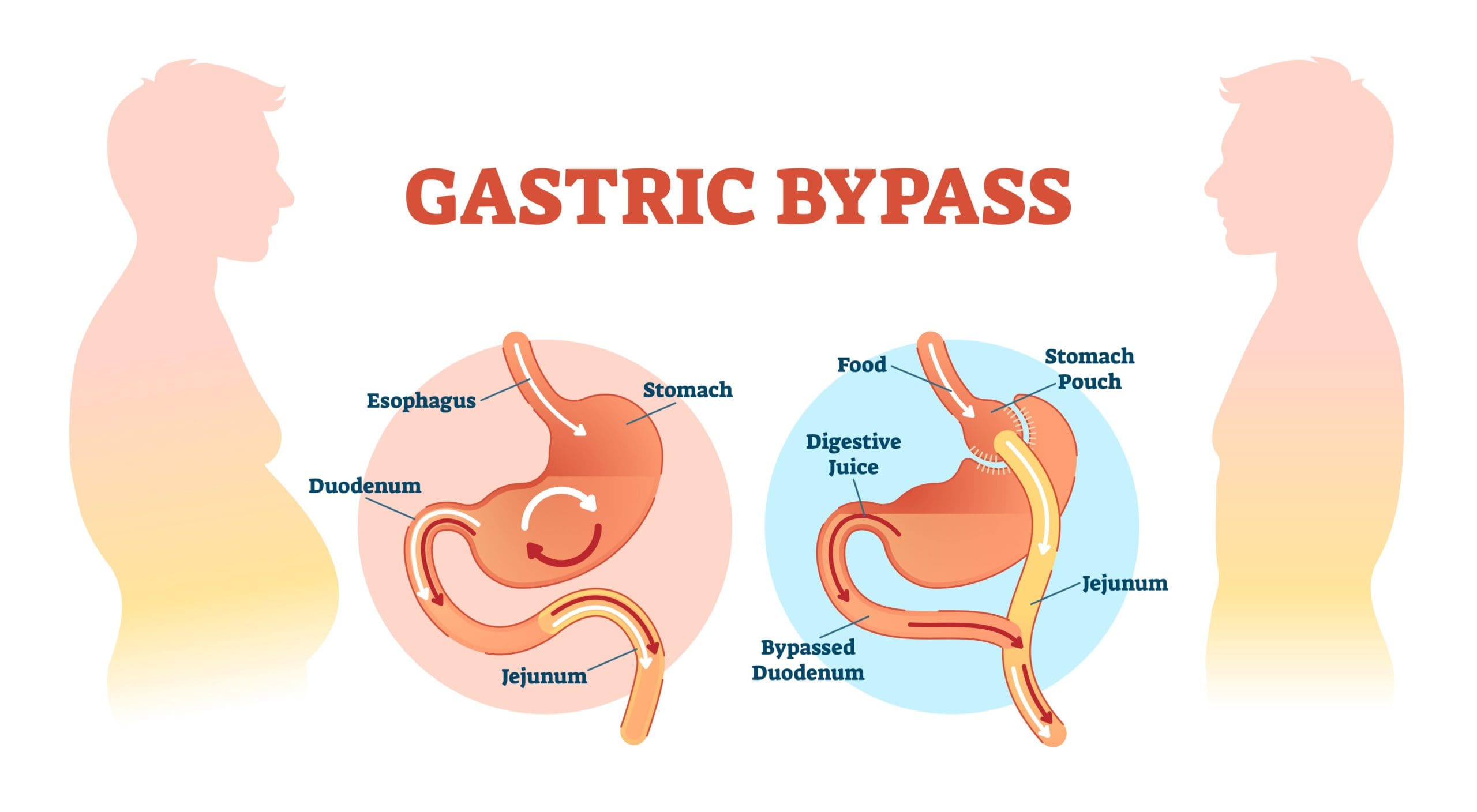By Elaine Davis – Weight Loss Detective
Although a measurement of one’s BMI is an important determinant of weight and health status, there can be misleading results. If, for example, someone has a high muscle mass, they may appear to be ‘overweight’. Conversely, someone with a high percentage of body fat may appear to be in the ‘normal’ range.
In recent years, another important measurement has been identified. In fact, this measurement is now recommended as standard by the British Diabetes Association. The measurement we are talking about is the Waist: Hip ratio.
How to take your own waist hip ratio
Measure the smallest part of the waist, generally the navel region.
The hips are measured at the widest point across the bottom.
Divide the waist measurement by the hip measurement to obtain a ratio.
Guidelines
The following are the recommended parameters:-
Men Waist Hip Ratio under 0.95
Women Waist Hip Ratio under 0.8
The closer this ratio gets to 1, the more likely you are to be insulin resistant and the greater your risk for developing Type-2-Diabetes. Both conditions have an increased likelihood of you becoming overweight. Insulin is a fat storing hormone, something we do not want elevated levels of when trying to lose weight.
A high waist hip ratio can be seen in people with an ‘apple’ body shape – sometimes known as an ‘Android’ body type. Health risks rise significantly with increased abdominal fat deposition, as many of our vital organs are contained in the abdominal cavity, for example the liver and pancreas. Fat infiltration into hepatocytes (liver cells) can result in a ‘fatty liver’. A fatty liver is unable to burn fat effectively and will hinder weight loss.
Tips to help reduce an elevated waist hip ratio and aid weight loss
- An elevated waist hip ratio increases your risk of being insulin resistant, which we do not want for weight loss purposes. A good strategy to increase the body’s sensitivity to insulin is to increase intake of magnesium rich foods. Good sources include anything ‘green and leafy’ – as magnesium is found in chlorophyll, the green pigment in plants. Good choices include rocket, chicory, and dandelion greens. These bitter greens are also beneficial as they stimulate liver function. A healthy liver is able to burn fat more effectively. Aim to include at least one salad per day to your diet.
- Another good tip to increase the body’s sensitivity to insulin is to ensure an adequate intake of omega 3 fatty acids. Omega 3 fatty acids become incorporated into your cell membranes. This enhances the integrity of your cell membranes, where insulin receptors are found. A great way to do this is to include 3 servings of oily fish per week. Good inclusions are salmon, herring, anchovy, mackerel and sardines.
- Remember, insulin is a fat storing hormone. To help lower insulin levels, reduce those foods that invoke a higher insulin response in the body. This includes all refined carbohydrates such as sugar, cakes, biscuits, all refined and processed foods. Rice, pasta and white potatoes will raise insulin levels more than good quality proteins, such as fish and lean red meat.
- Finally, exercise! Exercise is of benefit in both lowering elevated insulin levels and increasing the body’s sensitivity to the insulin that is present. There seems to be some debate over which type of exercise, cardiovascular or resistance, is more beneficial to lower insulin levels. Ideally, try to include both types during the course of a week. More importantly, do whatever exercise you enjoy doing, to ensure that it becomes a pleasurable and consistent part of your lifestyle.





Leave A Comment